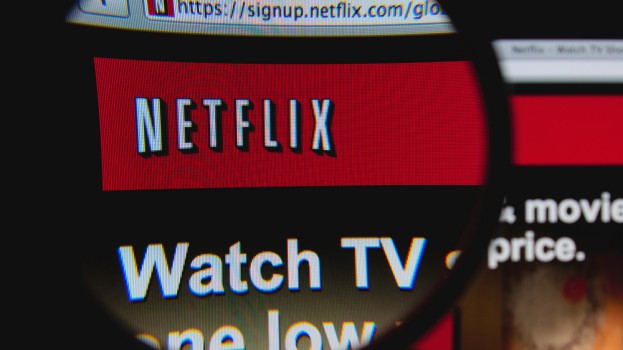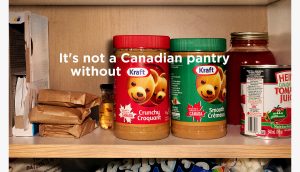Netflix has debuted its ad-supported subscription tier and media buyers are taking advantage of the opportunity to reach subscribers to Canada’s leading streaming service. But they say that targetability and audience information need improvement.
The ad-supported “Basic with Ads” subscription tier launched in Canada November 1 with ads available in either 15- or 30-second formats in both English and French. Subscribers will see an average of four to five minutes of ads per hour placed before and during TV shows and films. Due to licensing agreements, a small portion of content – 5% to 10% – does not have ad buying availability.
Nikki Stone, EVP managing director of Zenith, says with inflation being what it is today and the average Canadian household looking for ways to save, having an option to reduce costs while not having to cut services is a great strategy for streaming services to keep overall subscriber rates high. This is particularly true with the Gen Z population who, according to the Angus Reid Institute study, are likely to cut multiple subscriptions this year.
But that doesn’t mean the execution wasn’t questionable. Stone says, “The thing that surprised me most was the approach, given the lack of demographic/behavior targeting. Why Netflix chose to emulate a linear TV approach to commercials, and not follow Prime’s lead, for example, at this early launch stage, seemed like a missed opportunity. Understandably they wanted to position themselves in a premium way, but I think the market would have responded better to a crawl, walk, run approach.”
According to the Media Technology Monitor (MTM) Services Market Landscape 2022 report based on its Spring 2022 survey, Netflix remains the Canadian market leader with 71% of Anglophone subscribers, up from 64% in 2019. In addition, four in five Anglophones subscribe to two or more services with most subscribers having Netflix (59%) plus one other service, such as Amazon Prime Video (21%).
Devon MacDonald, president of Cairns Oneil, says having targeting based only on location and genre is a good start, but buyers will be looking for more. “Starting with their top 10 programming is a great way to showcase the offering to buyers and ease consumers into the new experience. I think that the modest ad load to start is also very smart. It maintains a premium user experience while offering a significant discount to consumers on the base subscription price. There is great value exchange for the consumer in the model.”
In addition, MacDonald says he looks forward to early learnings and future integration with the Microsoft platform to enable buyers to get into behavioral targeting.
Lindsey Talbot, chief investment officer of GroupM Canada, says with demand for connected TV rapidly growing in Canada, additional AVOD options in English- and French-Canada provide more breadth and scale to the CTV ecosystem, which is a positive for advertisers.
That aside, Talbot says the number of subscribers adopting the ad tier, and the profile of those viewers – whether they are heavy TV viewers who watch linear and streaming or cord-cutters who are hard to reach – is unknown. “We expect a lengthy ramp up in adoption before a material audience is reachable through the Netflix ad tier, likely not until second half of 2023. Although the overall Netflix audience is desirable, there’s likely to be short-term supply constraints and potentially limited scale in Canada.”
Talbot says the key to scaling this opportunity will be providing premium, brand-safe content for advertisers. Her larger concern right now is how quickly Netflix can build an AVOD subscriber base as the actual offer has not gone out to consumers yet and will take time to build. “We need to ensure that the campaign impressions being sold can be delivered. The key to the success of this in the long term will be delivering a robust subscriber base, with enhanced targeting capabilities, brand safe environments and third-party ad verification. It’s going to take time to grow their subscriber base and clients will need to balance the desire to be an early advertiser with some of the missing pieces at launch.”
Talbot points out that the Netflix ad inventory is at a high price point, before layering on additional charges for targeting. With a lot of premium content already available and priced more efficiently, the performance of this inventory needs to justify the cost. In addition, she says the expectations are that the targeting capabilities offering will need to expand – and quickly – otherwise they won’t be able to compete with the current players in this market long term.
Jeff Thibodeau, CEO of PMX Canada, says incremental quality video supply is a good thing, and with greater consumer shifts to OTT platforms, the ability to reach those customers is critical. Obviously as an Alpha, Thibodeau says Netflix falls short of where the industry would like it for targeting and measurement, however with the planned improvements, he is confident the ideal state will be achievable in time. “Alpha pricing will not be competitive long term. While some clients are excited to participate in this new-to-market option, without a demonstrable ROI impact or brand advantage versus other forms of video, it won’t be popular for long.”
























